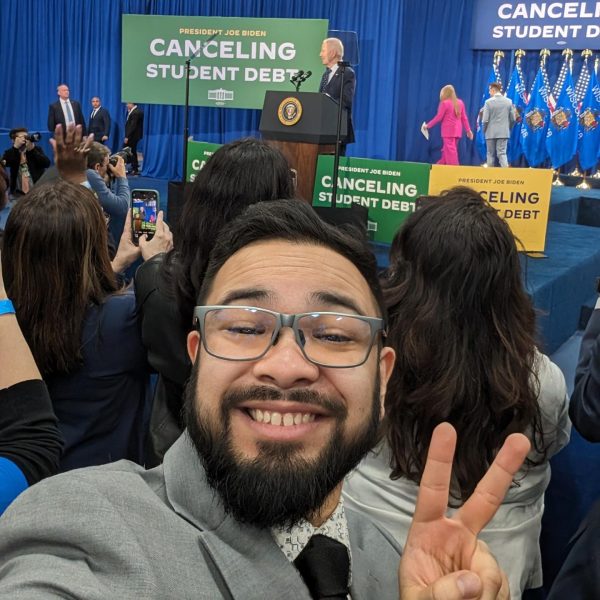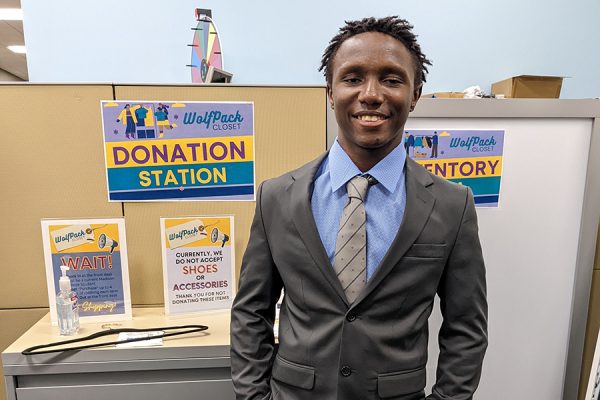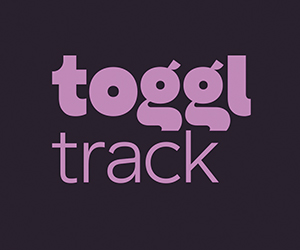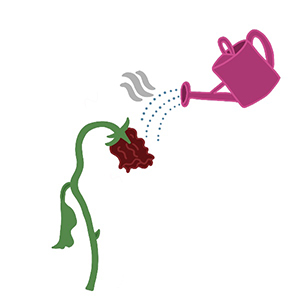Cuts to after-school funding have a cost
The most basic and important element that after-school programs provide is a safe place for children to go where they are doing something positive.
April 18, 2017
Regardless of political beliefs, we all have similar ideals about children’s needs. We want the best education possible for them. We want them to be healthy and well-adjusted in society. We all want to keep our children and community safe, and we all want families to thrive so as to have the least amount of people on public assistance.
These intrinsic values are promoted by effective after-school programs.
However, the Trump administration’s current budget cut proposal would devastate the after-school services for over 42,000 students in Wisconsin – 2,300 students in Madison alone.
The budget for these after-school programs should be maintained to continue services for children who are most in need of them, like my own child.
I am a single mother of an 8-year-old daughter. While I work and go to school, my daughter attends an after-school program. I receive a waiver that allows me to pay only $33 a month for my daughter to attend. Without this help, I could never afford the full tuition of $330 a month. The current proposed budget cut would be detrimental, eliminating the $1.2 billion received by the 21st Century Community Learning Center (CLC) grant program, which serves about 1.6 million children nationwide.
According to the Wisconsin Department of Public Instruction’s website, this reduction could put 221 after-school programs at risk throughout the state, including at least 22 of Madison’s essential after-school programs such as Madison School Community Recreation and The Goodman Community Center. That would include my daughter’s program.
This cut would mean that I would have to pick her up at 2:30 p.m. when school gets out, so I could not work enough hours to pay for my bills and food, and I would have to rely on additional public assistance. I could not further my education so that someday I will not need a fee waiver.
My daughter would miss out on all of the wonderful opportunities provided by her after-school program. Homework help, activities like music and sports, and snacks are provided. Sometimes students even get dinner. They also offer weekly nutritional classes. The numerous fieldtrips, enrichment experiences, and personal relationships that my daughter is exposed to are immeasurable.
Last week, on an early release day from school, her program went to Cave of the Mounds, somewhere I have never been able to take her due to time and expenses. Since starting her after-school program, her grades have improved dramatically, and it is her major social outlet.
The most basic and important element that after-school programs provide is a safe place for children to go where they are doing something positive, like building friendships and gaining experiences. If not for these programs, where would these children go and what would they do? Would they be home alone playing video games? In the streets getting into trouble? After-school programs are a vital, proactive deterrent to juvenile crime and drug use.
What do you think would happen if 42,000 students had nowhere to go and nothing to do? According to afterschoolalliance.org, children and youth, “ . . . who do not participate in after-school program . . . are three times more likely to use marijuana and other drugs, and are also more likely to drink alcohol, smoke cigarettes and engage in sexual activity” than those not in after-school programs. This website also states that, “children and youth in the (after-school) program (are) 30 percent less likely to participate in criminal activities.”
We should maintain and even expand funding for after-school programs for all of these reasons. My daughter’s involvement in after-school has demonstrated their value. They have provided my daughter and many other children with enriching experiences, helping to improve grades, and giving them a safe place to go. These things not only have a positive effect on the children who participate in them, but they are beneficial for the families and communities as well.
These programs are essential since we all strongly value our children, their education, and their safety.










